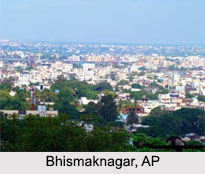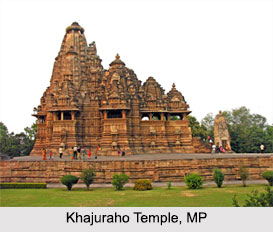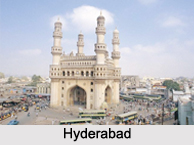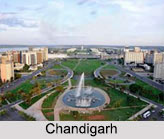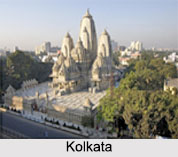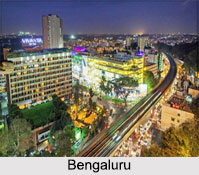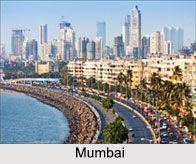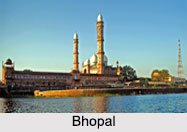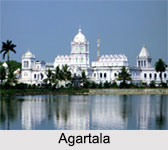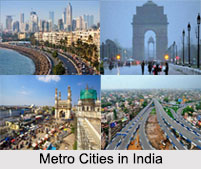TNPL Kagithapuram is located in Karur district in the Indian state of Tamil Nadu. It is a
panchayat town managed by the Directorate of Town panchayat. The panchayat consists of a chairperson, Vice-chairman and 12 ward councillors. These members are elected by the representatives of the town. After every 5 years the elections are conducted here.
Demography of TNPL Kagithapuram
According to the India census report of 2001, Kagithapuran had a population of 5880. The Males constitute 51% and females constitute 49% of the population. The average literacy rate here is 72%. It is higher than the national average of 59.5%. The male literacy rate is 79%, and female literacy rate is 75%. 8% of the population is under 6 years of age in Kagithapuram. A huge paper mill, TNPL is located in Kagithapuran. Some of the towns and villages here are TNPL, Sokkankadu, Moolimangalam, Pandipalayam, Sottaiyur, Velayuthampalayam. Karur is a big town located in Kagithapuram.
A beautiful shrine, Pughazhi Malai has been built in Kagithapuran. It is dedicated to Lord Muruga and has been constructed in the middle of the village on a mount Aarunaatan Malai. Devotees from nearby places visit the temple.
Educational Institutions of Kagithapuram
Kagithapuran has established several towns and colleges to provide education to the children residing here. There are three primary schools in Masagoundanpudur, Moolimangalam and Kurukkapalayam. It imparts education in Tamil language. The town also has a TNPL Matriculation and Higher Secondary School established in the year 1984. The Bharathidasan University has bestowed the schools with a five star status. In the year 2009 the school celebrated its silver jubilee.
Kagithapuran is well connected with all modes of transport. The town has buses run by Government, Private Mini Bus and Autorickshaws. Private Omni buses are also available from Karar and Velayuthampalayam located nearby. A railway station is also located here that connects the important towns like Kochi, Erode, Trichy, Coimbatore and Chennai. Express trains as well as passenger trains run through the station. The nearest airport is located at Trichy at a distance of 87 km. Major International Airport is situated at Coimbatore at a distance of 115 km.
